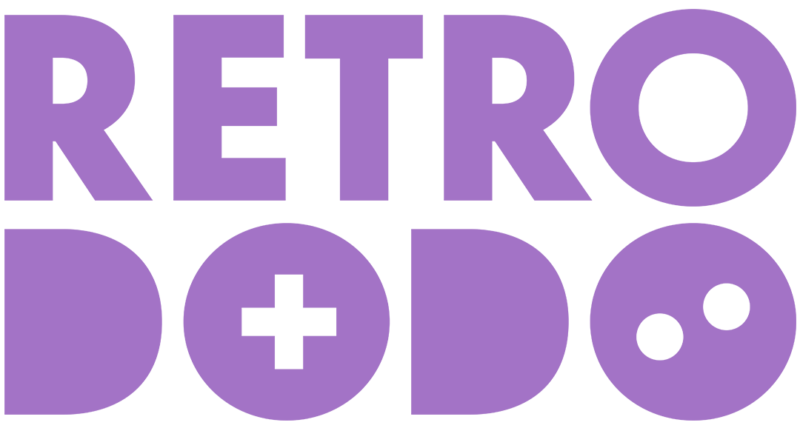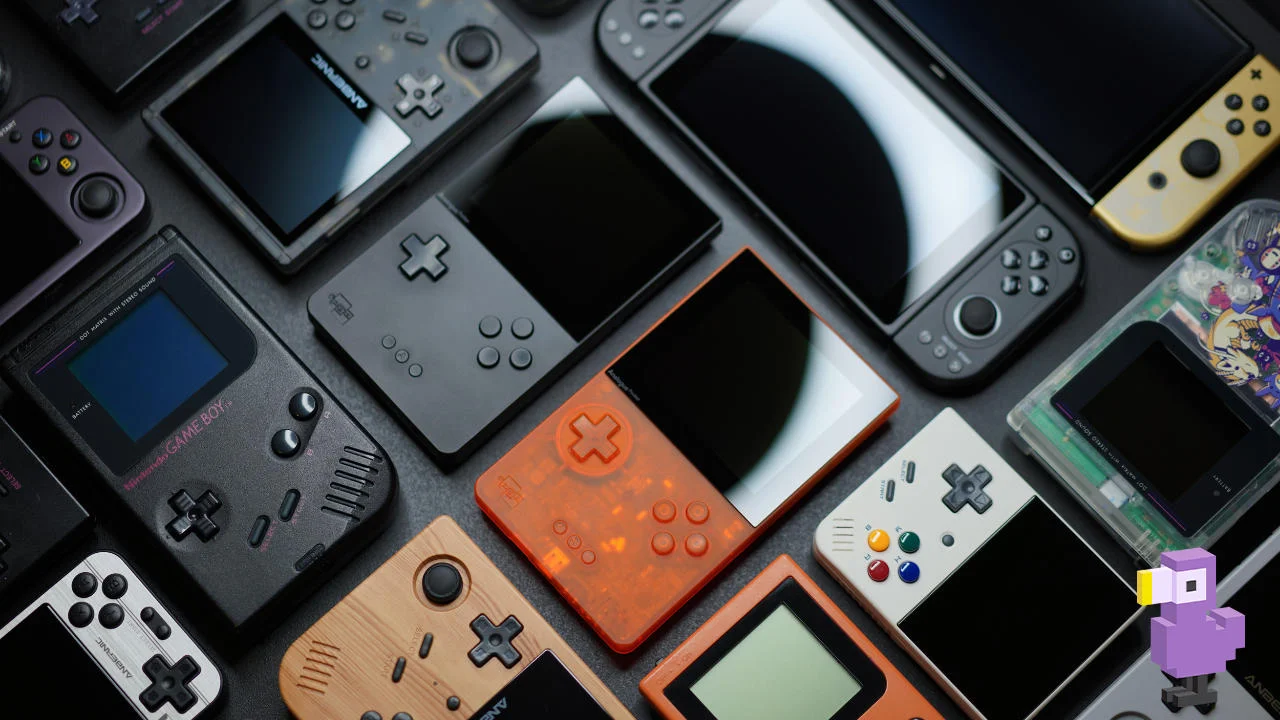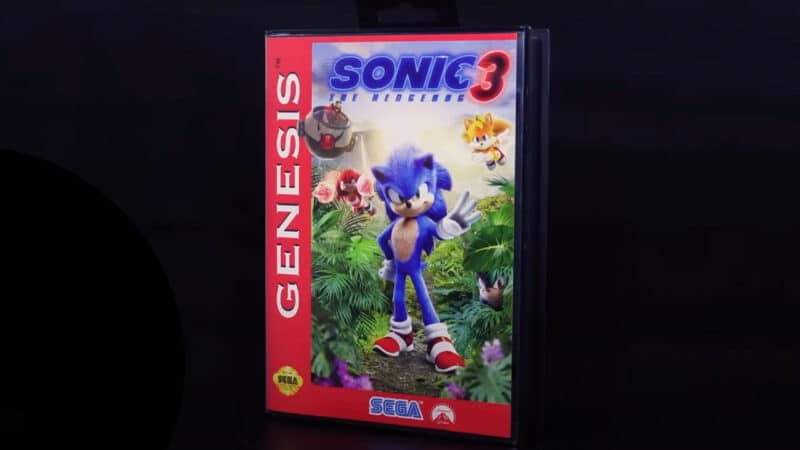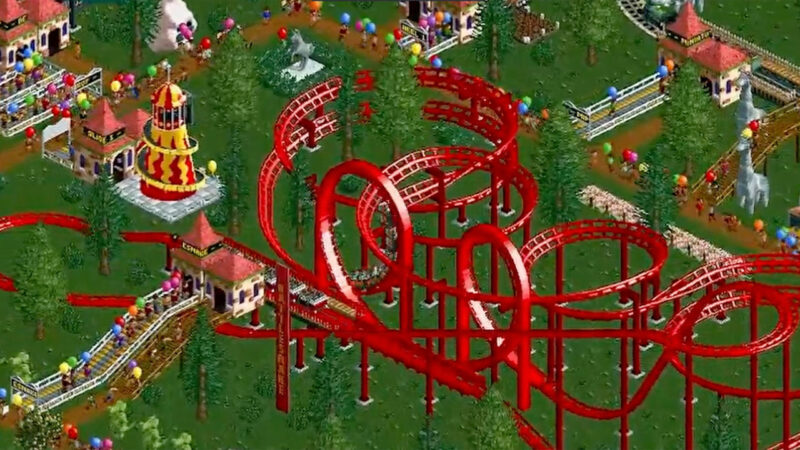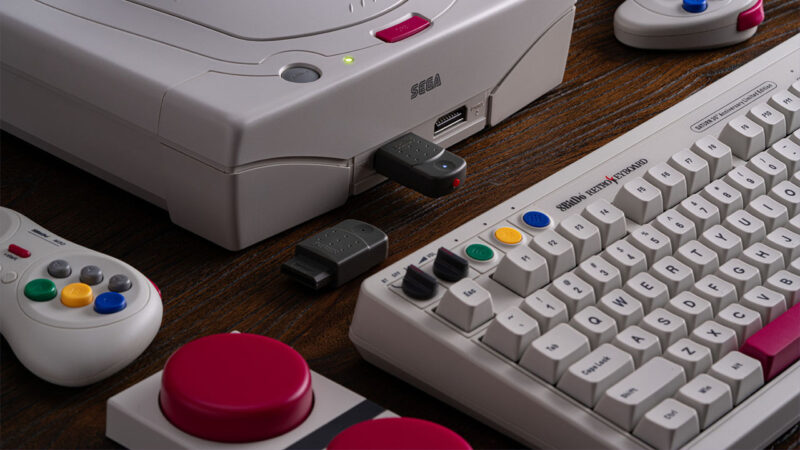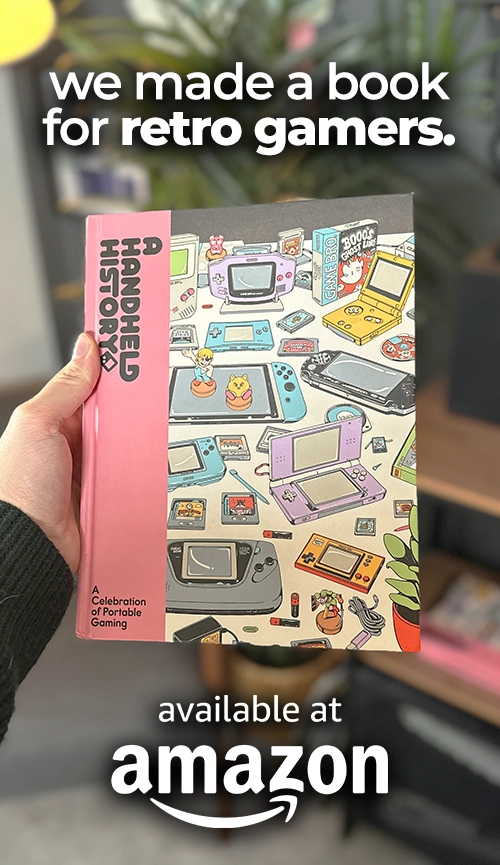The Analogue Pocket FPGA handheld device released two years ago today on December 13th, 2021. And for those keeping up with the handheld scene, you know that a lot has changed since that time.
Many of today’s best handhelds were not even thought of back when the Pocket officially released.
Devices like the Steam Deck, Miyoo Mini +, Anbernic RG405M, Pimax Portal, Retroid Pocket Flip, and Retroid Pocket 3+ all released while many waited to get their Analogue Pocket orders fulfilled.
But Analogue’s order fulfillment and supply issues are something we have harped on about many times, so let’s avoid those topics in today’s discussion.
Several of us at Retro Dodo have been lucky enough to actually get our hands on the Analogue Pocket, and it has become one of our favorite handheld devices.
So obviously there is a lot to love about the device, even for those of us who have experienced a hundred other devices that could make the Pocket irrelevant in today’s market.
Now that we’ve had two years with the Analogue Pocket, we would like to take a look at where it stands among the many competing devices, and see if it has aged well in those two years.
Table of Contents
The Good And The Bad
Is It Too Beefy?
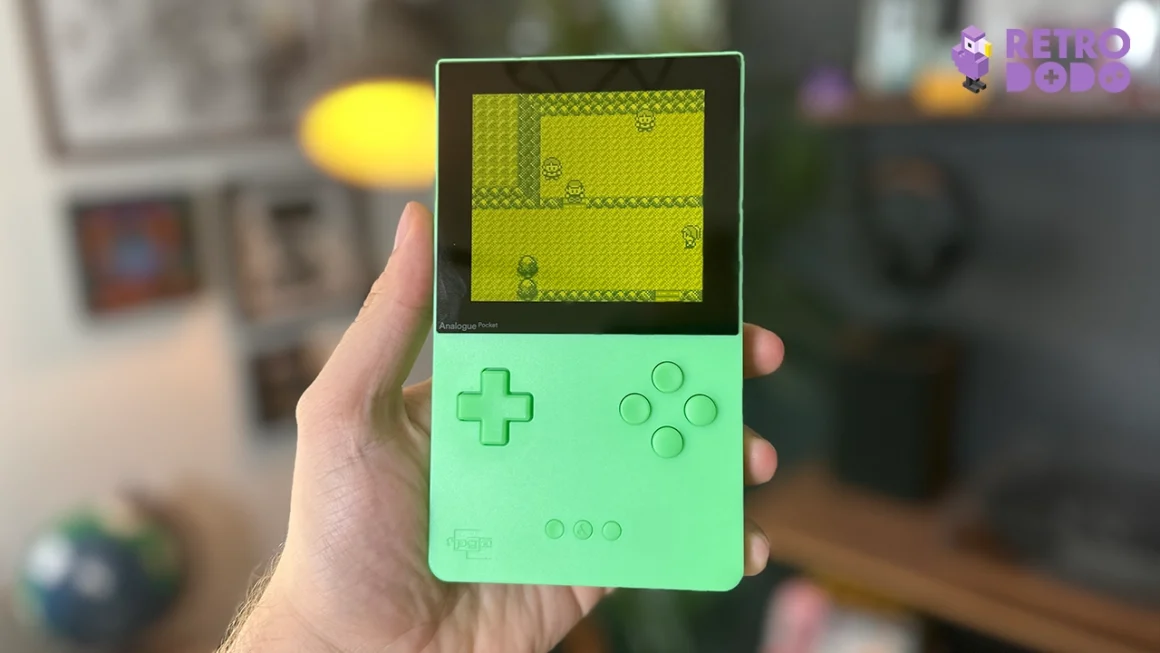
The most common complaint about the Analogue Pocket is the size. Many people feel that it is much larger and heavier than it needs to be.
Coming in at roughly the same size as an original Game Boy DMG, the heft is definitely noticeable. But it also adds to the premium feel of the device. When you pick up an Analogue Pocket, you feel like you’re holding something expensive… because you are.
I can certainly imagine an updated design that reduces the extra large screen bezels, and makes the overall device more compact to satisfy those who want something less bulky (see our concept below).
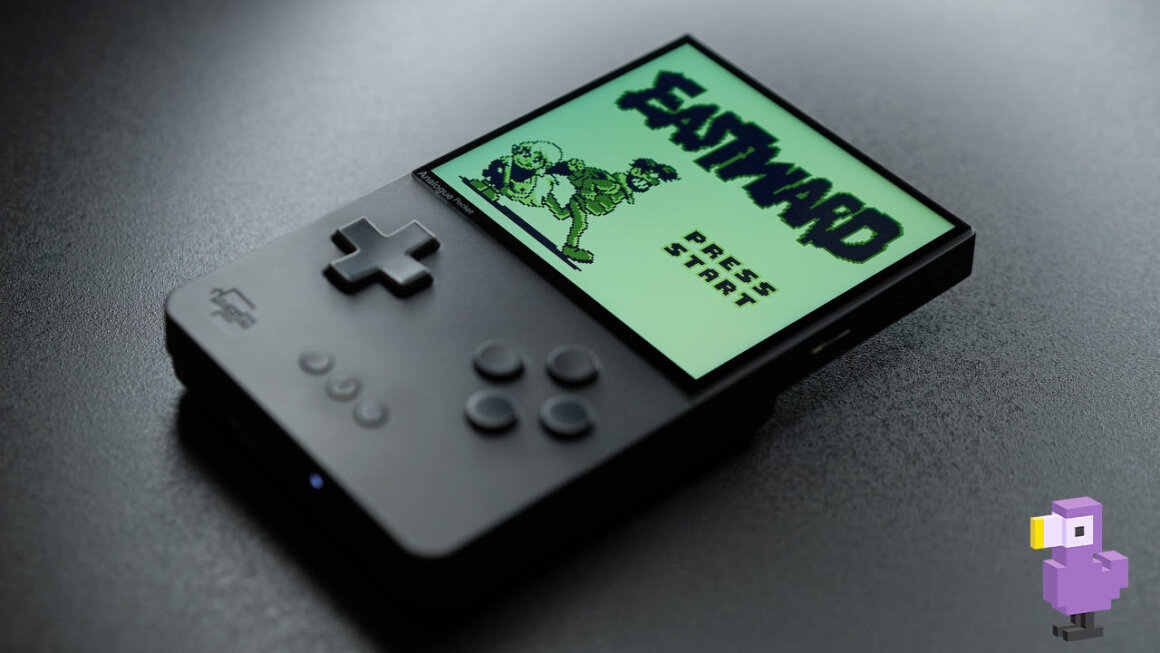
Reducing the bezels while maintaining the same screen size could potentially reduce the entire device by about 17%. This is the difference of going from something like a Game Boy DMG to a Game Boy Color.
Most of the weight and extra bulk is due to all of the hardware packed inside the Pocket, such as those powerful FPGA chips, the necessary heat sink plating, and the absolutely giant display.
The Display
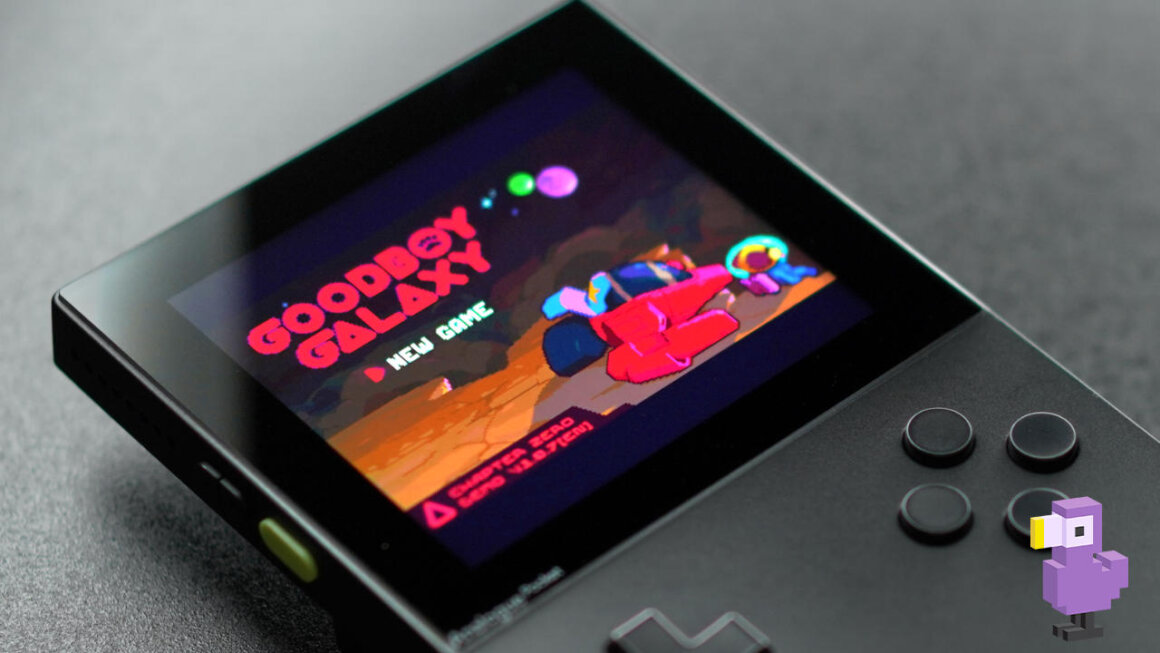
You’ve surely heard the anecdotes about the Analogue Pocket having the most impressive screen you will ever see, and those testimonies are 100% accurate.
The display is massive and the pixels are sharp & beautiful. It’s the perfect display for retro video games. Especially for the Game Boy and Game Boy Color, since it adopts the 10×9 format of those devices.
If you play those consoles utilizing the Pocket’s cartridge slot, you can also enjoy the Display Modes that Analogue has created to simulate different display types from other consoles.
Those Display Modes are currently not available for openFPGA, but they are coming soon in the Analogue OS 2.0 update. And speaking of the Analogue OS…
The User Experience
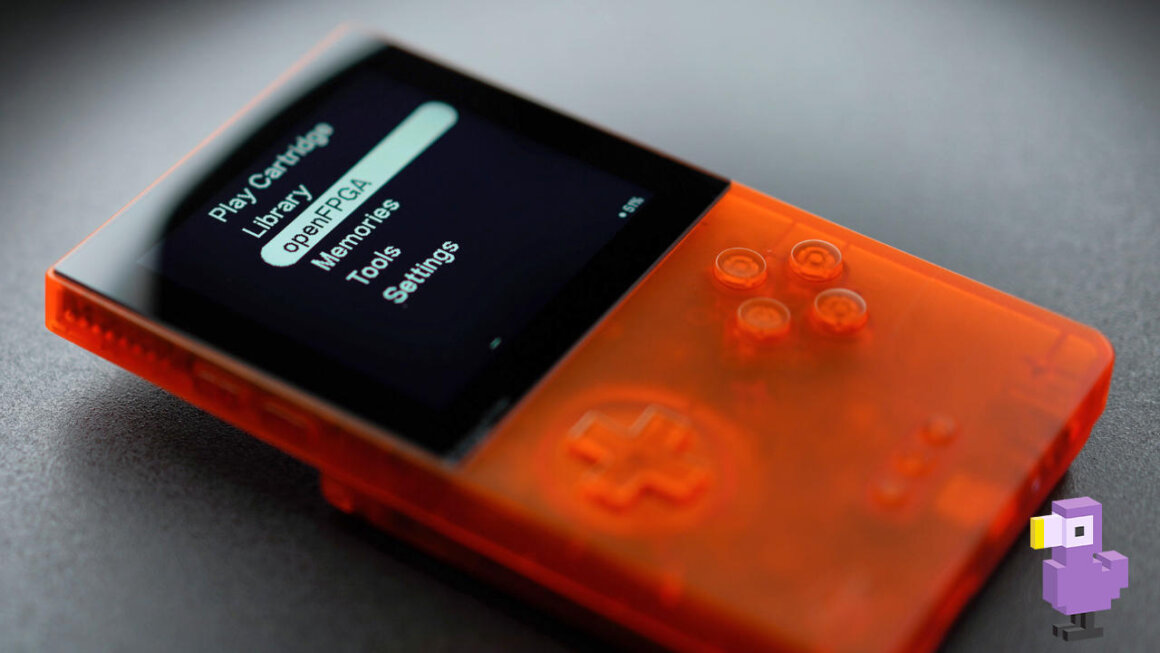
The Analogue OS is incredibly fast and simple, the design is made to get out of your way and to allow the player to simply focus on what’s important… the games.
The Power-On load time is so incredibly fast that it makes emulation handheld devices look outdated.
And of course, one of the biggest selling points for the Analogue Pocket is the FPGA technology, the hardware level emulation that their OS powers.
Analogue avoids the term “emulation”, because FPGA is a much more accurate (and expensive) way to recreate the hardware environment of retro consoles rather than simulating it in a program.
But to the common user, it’s emulation just like any other device. Especially now that Analogue added openFPGA and the ability to load Cores that play ROM files.
The ability to play Game Boy, Game Boy Advance, NES, SNES, Pokemon Mini and more via ROM files on an SD card makes this a strong competitor to the emulation devices of similar size and design. Especially if your game tastes are 8-32 bit and do not hope to play 64-bit on the Pocket.
And the buttons on the Pocket were specifically designed to play those early retro consoles. But did Analogue get the buttons right on the Pocket?
The Buttons Though
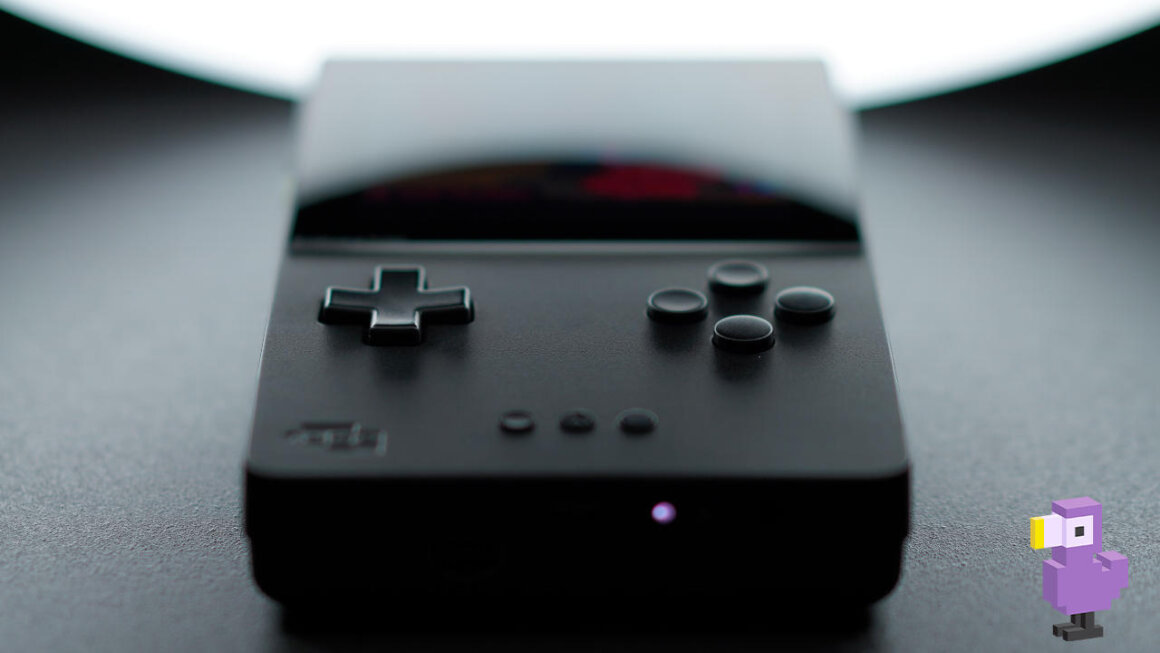
The number one thing I would adjust in the Analogue Pocket are the buttons. Specifically the feel of those buttons.
The DPAD suffers from the same false diagonal issue that almost every handheld device does. So I had to open mine up and do the common tape fix to get it to feel a little better.
The ABXY buttons are a bit stiff compared to buttons on other devices. And the Start, Select, and Analogue Menu buttons are too recessed into the shell, making them difficult to find and press.
I absolutely hate the volume button design. It should have been two buttons, rather than one. Or at least a button that is twice as long, making the choice of Volume Up and Volume Down much more deliberate.
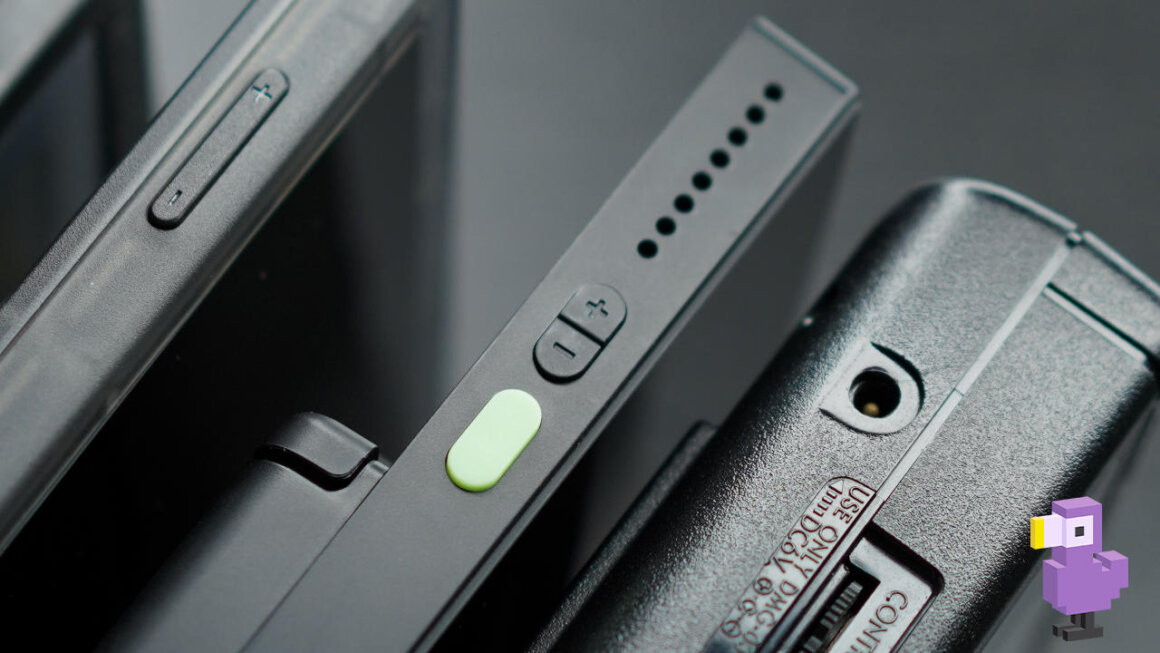
That is a lot of complaints about pretty much everything you will interact with on the device. But honestly, the collective experience is not as bad as I make it sound.
And these are mostly small adjustments that could be made to improve the experience of playing the Pocket.
The buttons do feel less comfortable than some of the better emulation handhelds, but it hasn’t stopped me from absolutely loving my Analogue Pocket. And I still play hours upon hours of Tetris on this device.
A Lot To Love
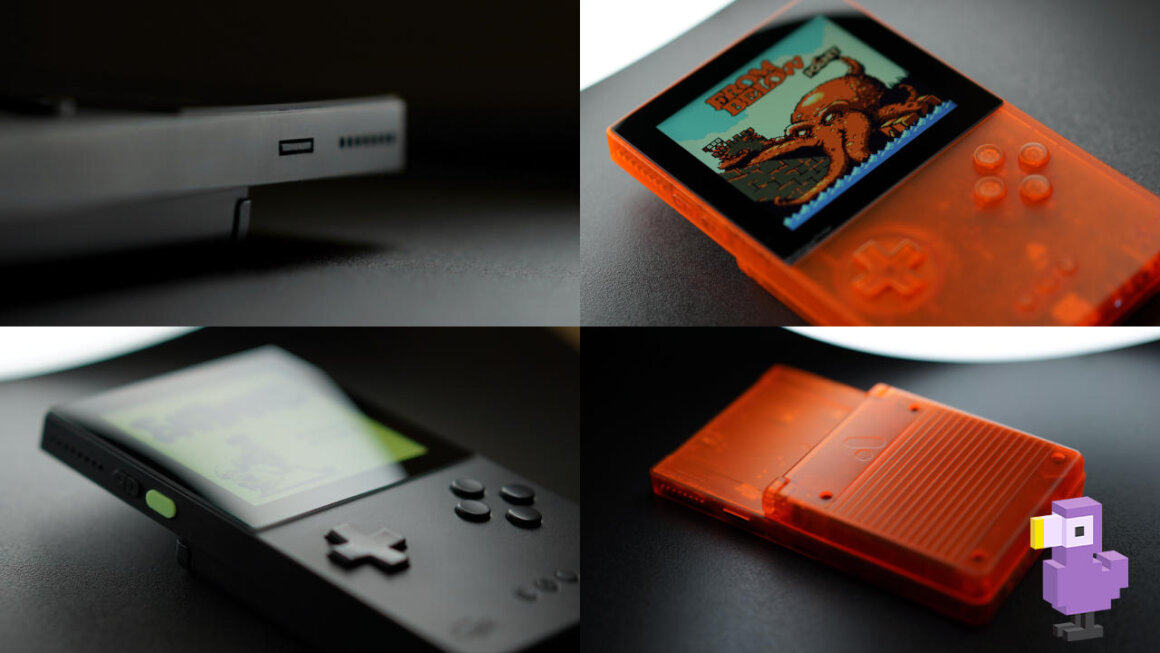
If you can get over the size and the buttons of the Analogue Pocket, then what you can expect is the most premium handheld device you’ve ever held.
Again, that stunning display is reason enough to pick this up over any of the other devices I own.
The experience of using an Analogue Pocket feels like a hybrid between original hardware and an emulation handheld. But also quite singular, with no other device on the market to properly compare it to.
I am less distracted by the overwhelming choices on my emulation handhelds, and I just load a game in openFPGA and start playing.
But on the other hand, I do find myself distracted by the device itself at times. Because it is so impressive and premium that you find yourself focusing on the device itself rather than being immersed into your game.
But it is tough to say that a device being too premium is a flaw we could count against it.
Perhaps if you were not focusing on actually supporting the weight of the Pocket or what the buttons are doing, you could more easily get into a flow state and just play.
Two Year Retrospective
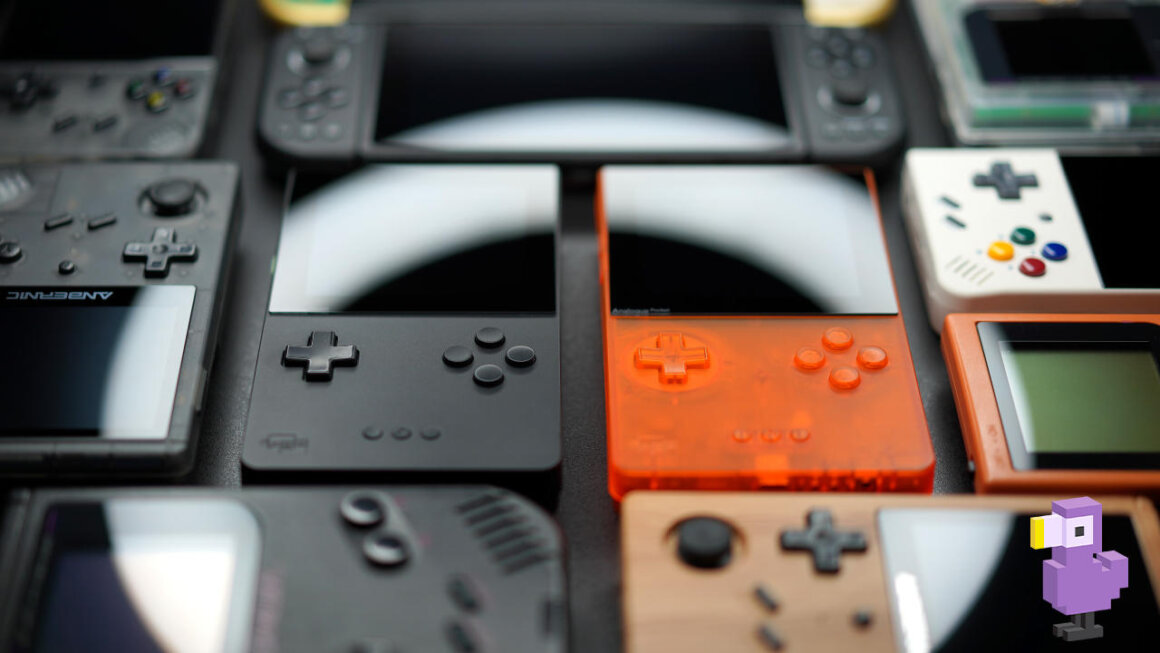
Over the years of testing, reviewing, and privately enjoying so many handheld gaming devices, I can tell you that the Analogue Pocket absolutely has its deserved place in my collection.
It serves a unique purpose that no other device in my collection can. And immediately after receiving mine, it became one of my absolute favorites.
Two years after its official release, and about six months after getting my first Analogue Pocket – I still believe that this handheld stands very strong in the 2024 market. And I do not believe that there is another device you could compare it to.
Final Thoughts
The Analogue Pocket is in it’s own lane.
There are new devices hoping to compete in the FPGA market, such as the Funnyplaying FPGA Game Boy Clone. But it does not come anywhere close to the premium feel of the Analogue Pocket. And it also does not have any openFPGA functionality for playing ROMs.
AYANEO hopes to enter the conversation with their upcoming Pocket DMG and that will certainly match or surpass Analogue’s build quality. But it’s still an Android emulation device at its core, so it’s really not comparable.
Arthur Zhang, CEO of AYANEO, made it clear in our interview with him that their handheld is not designed to directly compete with the Analogue Pocket.
If you ordered an Analogue Pocket today, you would still be quite impressed with what it has to offer compared to the many other devices that have released since December 2021.
Analogue gets a lot of well-deserved criticism for their release of limited edition models, some of the worst shipping in the industry, and supply issues even with their flagship models.
But if you can endure the pain of buying an Analogue Pocket, it’s premium bliss once you finally get one in your hands.
I still believe that the Analogue Pocket is one of the best “emulation” devices you can purchase in December of 2023. Heck, it’s even on our list of the best retro handhelds, it’s that good. And I still do not see any true competition entering the market any time soon.
So if you are still wondering if the hype of the Analogue Pocket is deserved, I strongly vote “YES!”
